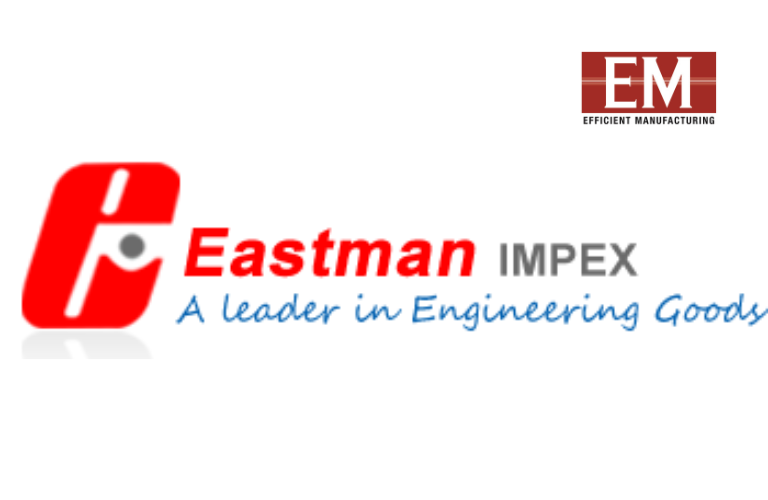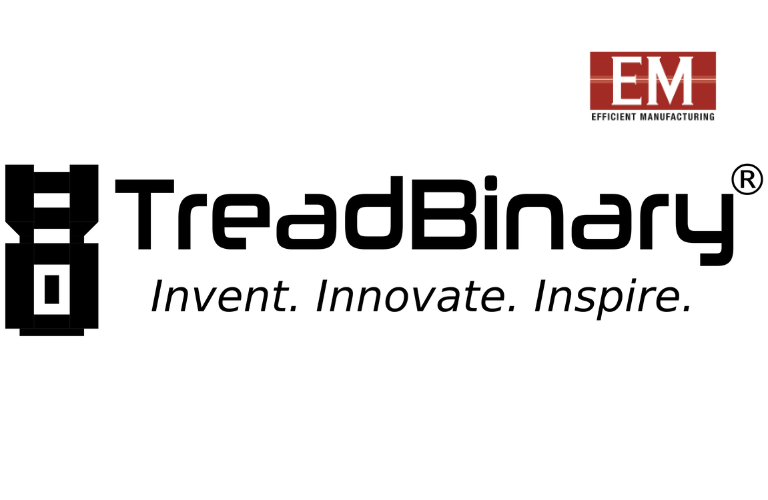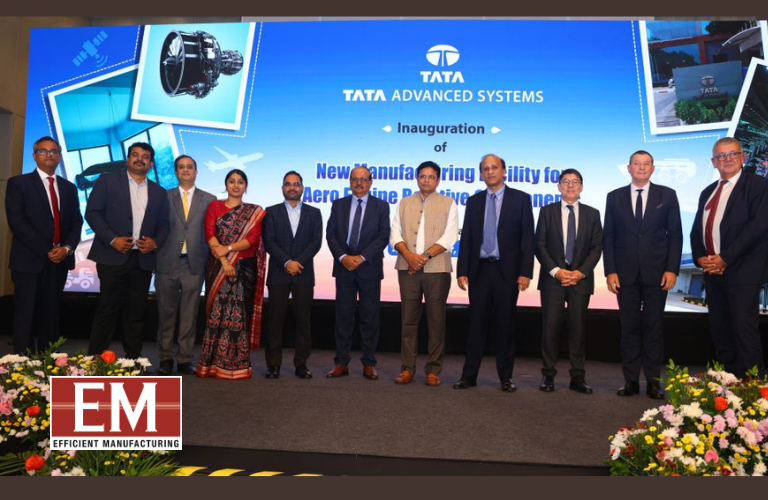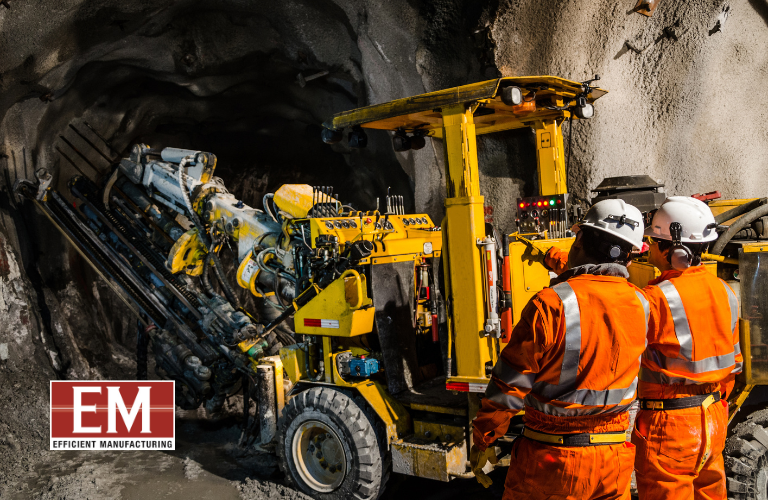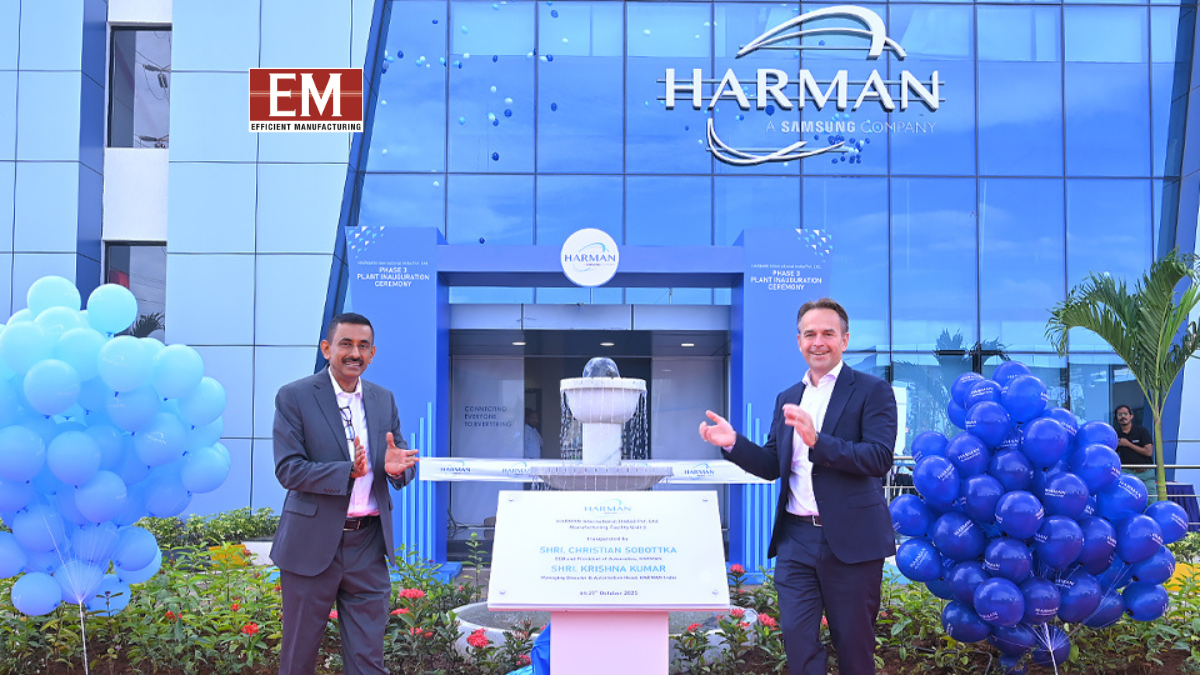… by Darshil Shah, Founder and Director, TreadBinary, a TechCon
Textile manufacturing has always been a story of progress. Every step in technology has changed the way the industry works, from handlooms to power looms and from traditional dyeing to digital printing. We now stand at another turning point, where smart automation is reshaping how fabrics are designed, produced, and delivered. It is expected that the automation market in the textile industry will grow by USD 664 million between 2025 and 2029. This forecast shows that smart automation, driven by sensors, robotics, and artificial intelligence, is entering factories at scale. It is no longer only about machines doing tasks faster, it is about rethinking efficiency, sustainability, and how competitiveness itself is defined.
Scalability without compromising on quality
Textiles have always been judged by the quality of their finish, the accuracy of patterns, and the durability of their fibres. Meeting these standards across millions of metres has long been a challenge. Skilled human oversight can only go so far, and small variations inevitably creep in.
Smart automated systems fill that gap. Sensors constantly monitor tension, alignment, and colour shades in real time. Automated dyeing machines adjust chemical mixes depending on water quality and fabric absorption, so every batch comes out looking uniform. Computerised weaving systems can reproduce intricate patterns with a precision that would be exhausting for human operators to sustain over long periods. Tasks that once required constant manual checking and adjustment are now handled continuously by the technology itself. This saves resources, ensures quality, and brings a sense of reliability that both workers and clients value.
Flexibility that Matches the Rhythm of Fashion
Fashion trends change very quickly. A pattern that excites buyers today may be forgotten tomorrow. In the past, factories could not keep pace because retooling machines took time and money. With automation, that barrier is fading. Modern programmable systems can switch between fabric types, colors, and patterns with minimal downtime. Smart scheduling tools within ERP systems ensure that production lines are optimised not just for speed but for flexibility.
Artificial intelligence adds another layer. It shifts through demand data and gives a clear view of what styles are likely to catch on. Instead of relying on guesswork or building up piles of stock, production can move in step with real demand. One retailer even managed to bring down excess stock by 30% and saw faster order fulfilment once it began using AI-driven forecasting. This shows that in modern factories, automation is no longer a luxury; it is a necessity. And when factories can flex so easily, they are also better placed to address the demand for sustainability.
Sustainability that Builds Trust
The textile industry has long carried the weight of being resource-hungry. Water, chemicals, and energy were often used heavily with little thought for the impact. Smart automation is helping change that. Automated dyeing systems cut water use and reduce chemical waste. Machines that control their own energy consume only what is required. The benefits go beyond lower costs and a lighter environmental footprint. They show that production can be efficient while still being responsible. Traceability is another clear advantage. Smart tags and digital records make it possible to follow fibres from their source all the way to the finished garment. Buyers know the material is sourced responsibly and made ethically, which often matters as much as the fabric itself.
Combining such automated systems with ERP systems provides managers of such factories with clear visibility of resources across factories, so that they can spot inefficiencies, streamline processes, and establish sustainable goals. When production becomes this transparent, it not only protects the planet but also rebuilds trust in a sector that has often faced doubts. The challenge now is ensuring manufacturers can turn these possibilities into real, everyday practice.
Redefining Roles and Skills in the Workforce
Automation is reshaping work on the factory floor. Tasks that were once repetitive are now handled by machines, freeing workers to focus on oversight, design, and problem-solving. Operators guide systems, read live data, and keep production running smoothly. Quality inspectors see instant alerts on digital dashboards, reducing manual checks. Production planners use ERP insights to align forecasts with output, making operations more responsive. People are not competing with machines; they are working alongside them, using their skills to make a real impact.
This shift does not replace workers; it changes the skills they use. Technical knowledge is combined with decision-making and strategic judgment, creating a workforce that can collaborate with automation rather than compete with it. Training and upskilling are critical, but the reward is significant. Factories with teams capable of working alongside smart systems can navigate rapid demand changes, maintain consistent quality, and turn their workforce into a true competitive advantage.
Conclusion
The tale of the textile industry has always been one of change, and smart automation is no different. It offers a way to do things faster, more correctly, more flexibly, and better for the world than we could have thought of just ten years ago. It also shows us how to work with data and brains in our everyday choices. Firms put smart machines into use with ERP systems and digital checks, and they do not just make things run better. They set the scene for a time when cloth is made well and just right for the world.


